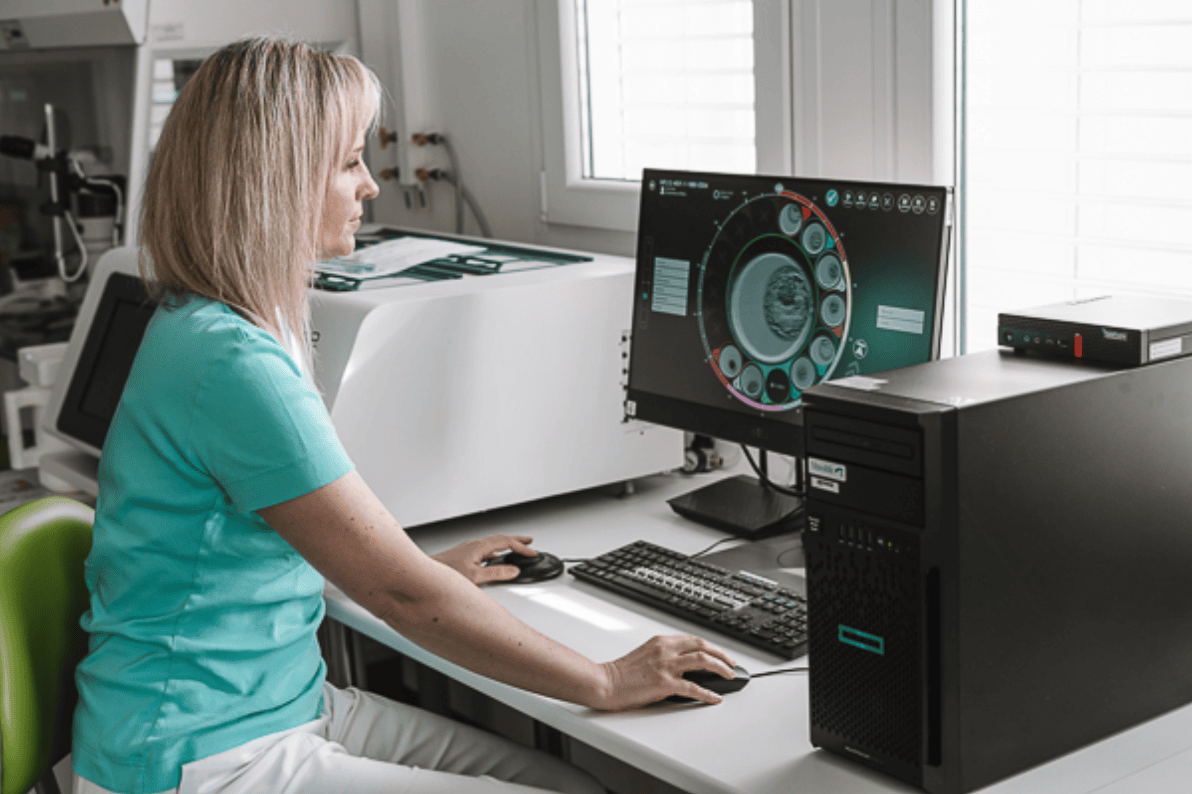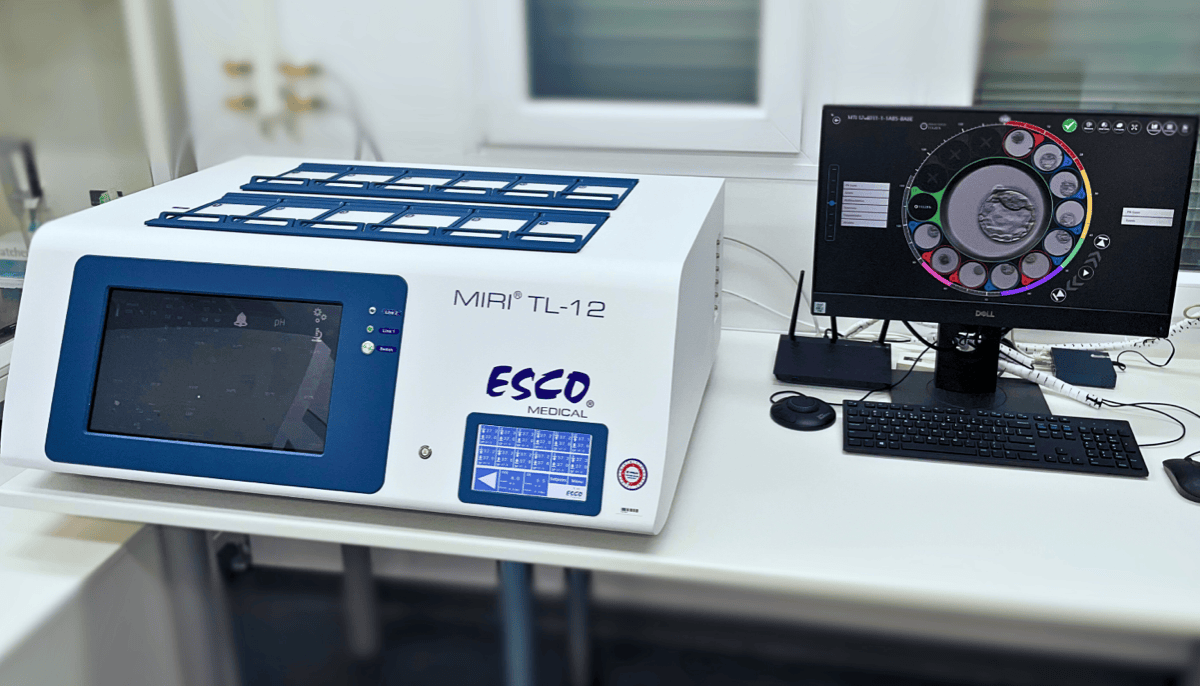Principle of Embryo Monitoring
- Embryos are placed in an incubator equipped with a camera that captures images at regular intervals, enabling real-time observation of cell division and embryo development stages.
- The collected data is analyzed using specialized software that evaluates developmental patterns and identifies embryos with the best potential.
- As a result, embryologists can select embryos for transfer and cryopreservation based on detailed and objective data, contributing to higher success rates in assisted reproduction.




